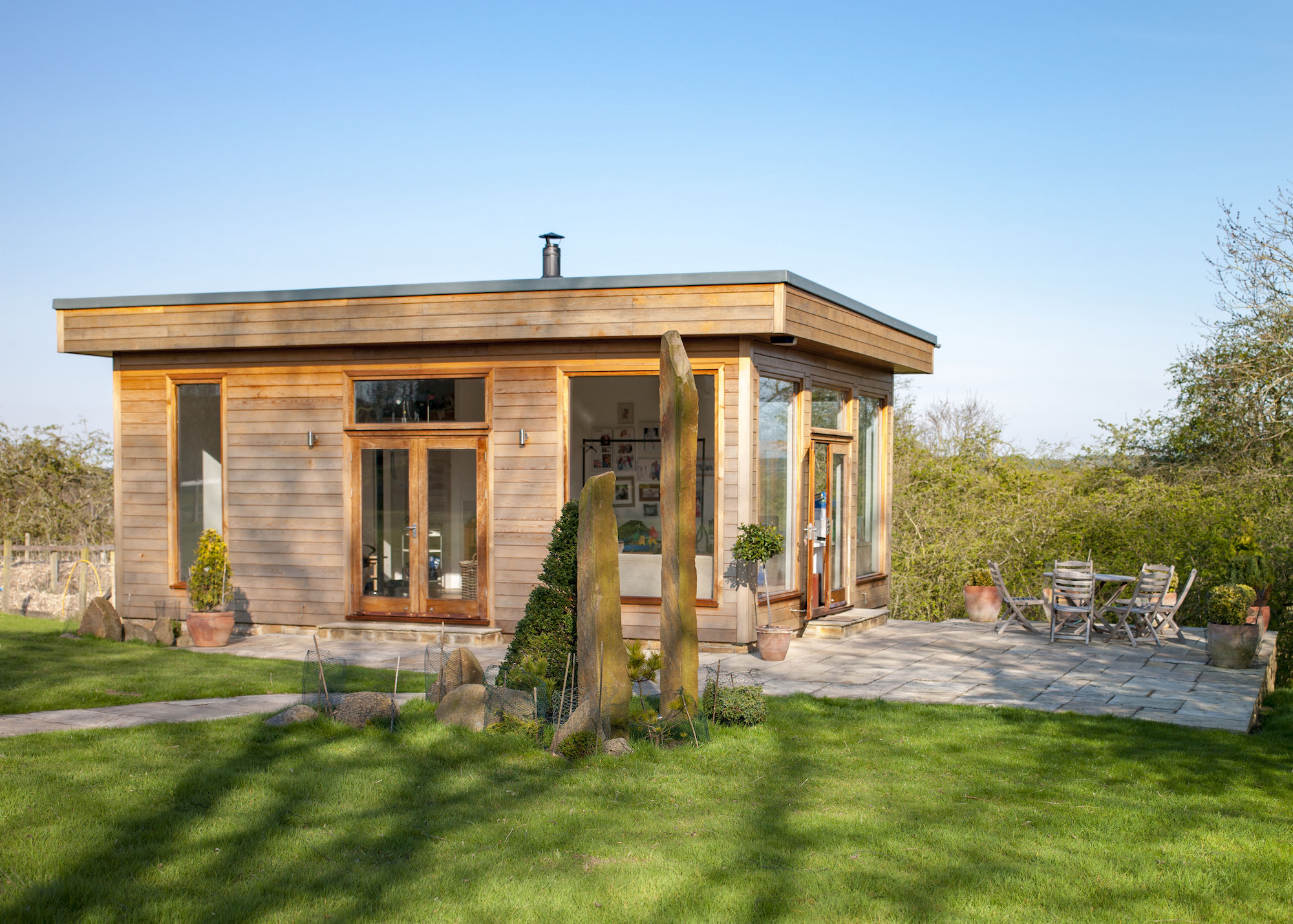
Builders
Search

Builders
Search

Making the most of the space you already have is a great way to enhance your home life. With more and more people working from home too, property improvements are delivering great spaces to work and play.
If you’ve exhausted your options inside your home, the addition of an outdoor building should certainly be explored. Outbuildings come in all shapes, sizes and styles making them ideal fits for every garden. In this blog post, we take a closer look at the outbuilding, including the types to choose and the rules that impact their construction.
An outdoor building or outbuilding is just that. It’s a building placed or constructed within the grounds of your property that serves the main house and its owners without being habitable. Outdoor buildings have become increasingly popular over the years, replacing the traditional conservatory to help homeowners gain the extra space they need to enjoy their properties their way.
The addition of an outbuilding is allowing people to extend their living space without extending their property, and enjoy plenty of extra room in the process.
Outdoor buildings include but certainly aren’t limited to sheds, greenhouses, summer houses, garden rooms, detached garages and even larger converted barns. As a result, they can have many, many uses, with everything from home offices, living rooms, playrooms, art studios, pool houses, saunas, and storage facilities able to be accommodated in an outdoor building.
It is however important to note that outbuildings cannot be used as self-contained accommodation without planning permission, whether that’s as an annexe for granny or a holiday let to rake in extra cash. It can also not contain a bedroom, bathroom or kitchen.
It’s not just your outdoor building’s intended use that is governed by the latest legislation. The size, shape and style could also be dictated by planning law.
In most circumstances, the addition of a garden room or outbuilding should fall within your permitted development rights, meaning its construction will not require planning permission. It should however be single storey with a maximum eaves height of 2.5 metres, and no verandas, balconies or raised platforms. Its overall height should be less than 3 metres and should not cover any more than 50% of your garden space.
If you live in a listed property or conservation area, you will have to apply for planning permission for the addition of any outdoor building, regardless of your permitted development rights.
Hiring a professional to help you negotiate the planning process as well as outbuilding design and construction is recommended. Find a local builder today to get started